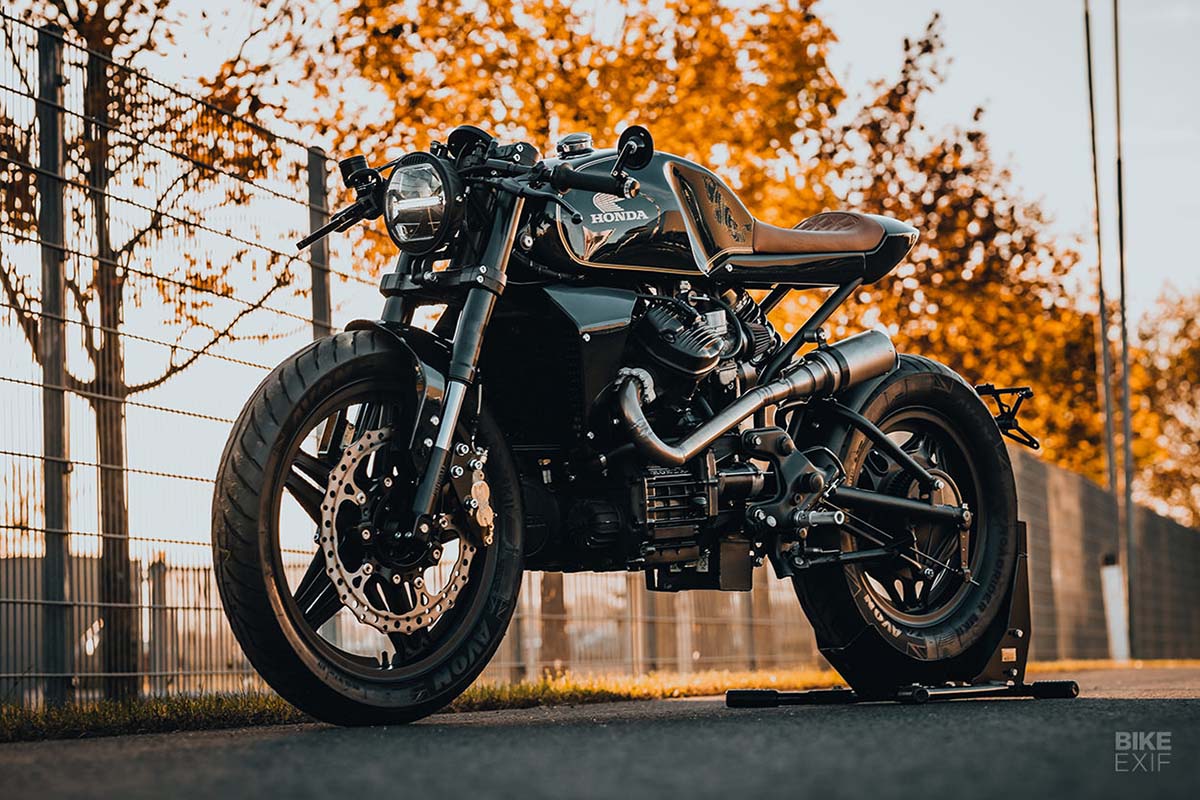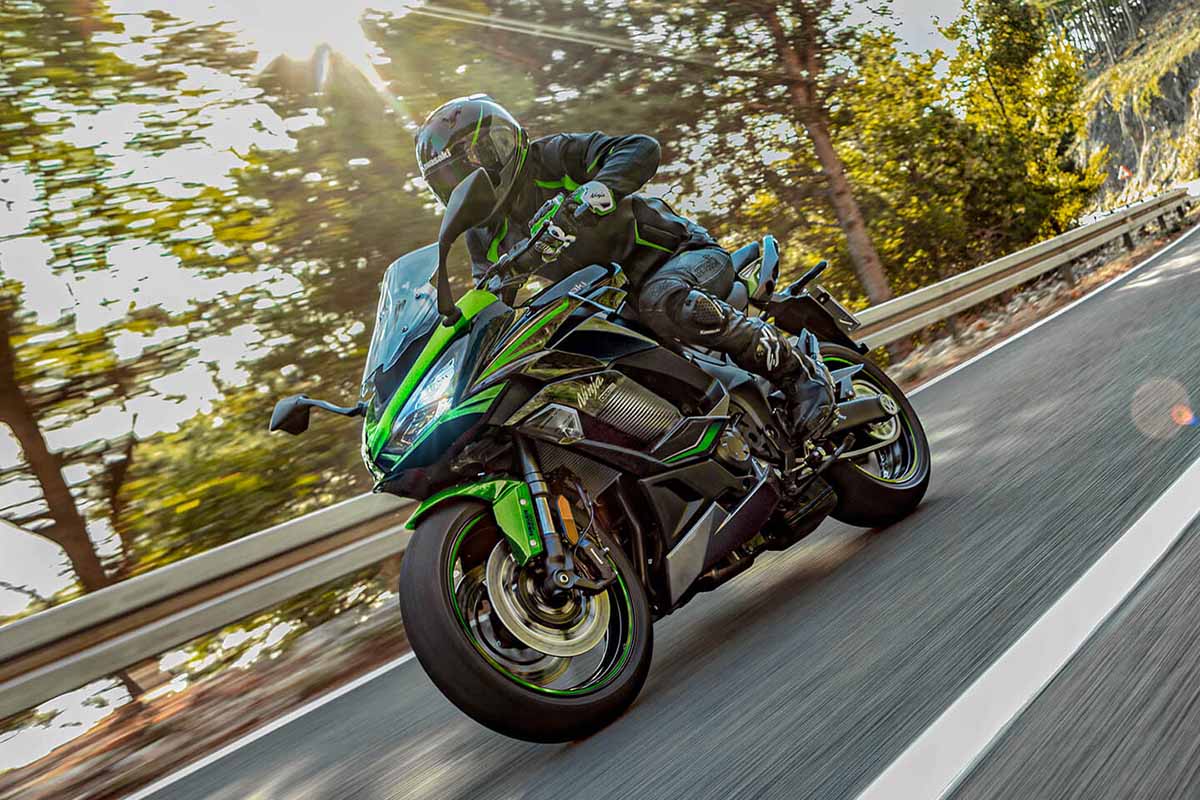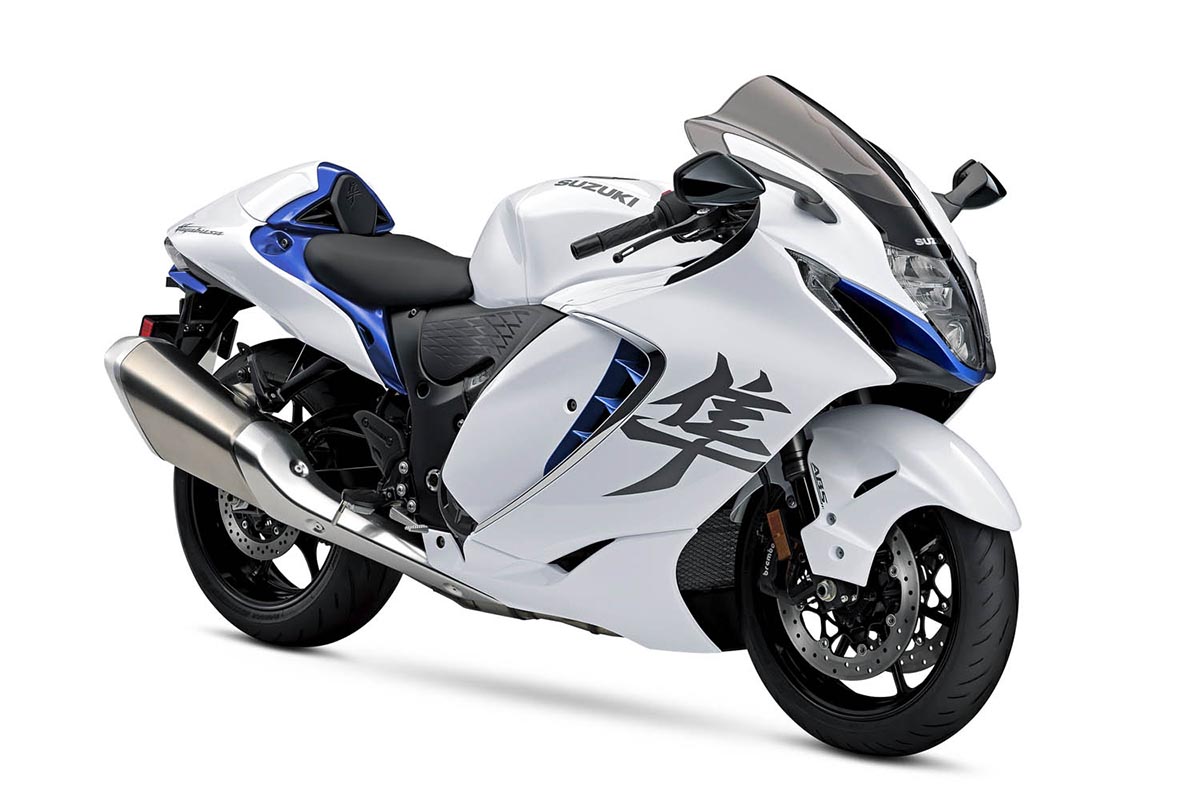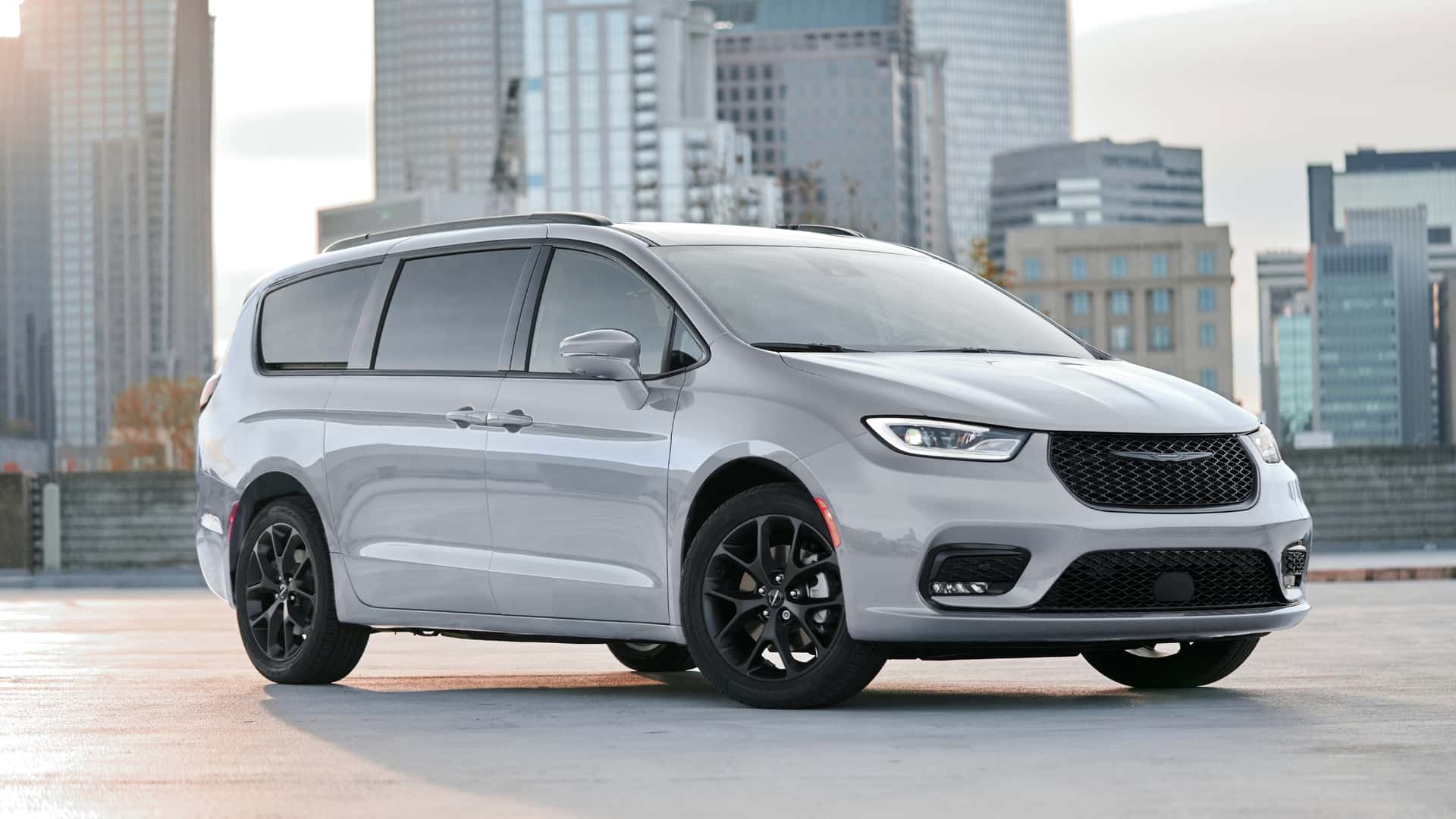Which Motorcycle Has the Longest Lifespan?
When shopping for a motorcycle, many buyers focus on mileage. While it’s an important factor, mileage alone doesn’t fully indicate a bike’s reliability.
The lifespan of a motorcycle depends on various aspects, including proper maintenance, riding style, and how well it’s protected when not in use.
For instance, hard braking and aggressive riding can cause a motorbike to wear out faster, but neglecting to shield it from the elements can also significantly impact its longevity.
This is why investing in motorcycle covers is crucial. A quality cover protects your bike from harsh weather, dirt, and potential scratches, ensuring it stays in top condition for years to come.
Combined with regular upkeep and careful riding habits, this small step can make a big difference in extending your motorcycle’s lifespan.
Yamaha
Yamaha is well known for its motorcycles, which have a reputation for lasting longer than comparable models.
The company’s engineers are recognized as some of the best in the world, and they fabricate their motor parts, which helps them maintain a higher level of reliability.
Their bikes also tend to run smoother than competing brands. Several models can hold their own against competitors at the track, and their touring bikes can easily be driven cross-country for thousands of miles.
Yamaha’s story begins in 1948, when the company’s founder, Genichi Kawakami, created a small bike called the YA-1.
It was based on the German DKW RT125 and used the company’s production machinery and expertise in metallurgy technology from their wartime weapons manufacturing. It was a success, and Yamaha was born.
Today, the company is one of the most popular manufacturers of motorcycles.
Their bikes are built to last and can quickly reach a million miles if maintained properly.
However, a motorcycle’s lifespan will depend on how it is ridden and how much it is driven.
The more a bike is driven and the harder it is ridden, the shorter its lifespan will be.
A motorcycle’s lifespan will also depend on its engine size.
Larger engines tend to last longer than smaller ones, as they are designed to handle more power and torque.
This is why many owners can get a million miles out of a large motorcycle, while the same cannot be said for a small bike.
The most reliable motorcycles are those that are well-maintained and ridden responsibly.
If a bike is not maintained correctly, it can quickly become damaged and must be repaired or replaced.
It is not uncommon for a Honda or Yamaha bike to last more than 100,000 miles; some models can hold their value for decades after being purchased.
The longevity of a classic motorcycle will also depend on how it is ridden, with sportier bikes being pushed to the limit more often than touring motorcycles.
Honda
The Honda motorcycle has a reputation for lasting longer than other models in the same price range.
This is due to their high-quality build and reliability. These bikes have engines running for thousands of miles without breaking down.
Moreover, these engines are made to withstand stress from regular use.
This is especially true if the bike is ridden sensibly and is kept in ideal conditions. Moreover, Honda’s manufacturing and engineering techniques are unrivaled in the market.
Compared to other motorcycle brands, Honda’s models tend to last for years longer.
Similarly, the Yamaha motorcycle has a reputation for lasting longer than many other models.
This is due to their quality of build and advanced engine technology.
Yamaha engines are designed to withstand stress from regular use and are also made efficient. This is why many riders choose to ride these bikes for long distances.
It can be tough to sift through reliability mythology, hearsay, and anecdotal evidence regarding the longevity of specific motorcycle models.
However, looking at the average repair rate per a certain number of miles is an excellent place to start.
This information can help you determine which brands are the most reliable.
The higher the average repair rate, the less reliable a brand is. To avoid costly repairs, you should keep your motorcycle in ideal condition.
You can maintain the battery, fuel system, and electronics. Also, you should limit short moto rides to avoid overworking the bike’s battery and motor.
You should also check your bike’s climate and riding habits. Exposure to sun and rain can corrode the metal parts of your motorcycle.
Furthermore, crashing your motorcycle can significantly reduce its lifespan.
The average motorcycle lifespan is about 10-15 years, but this varies depending on the bike’s maintenance, usage, and riding style.
The best way to extend the life of your motorcycle is to service it and store it in a safe location regularly.
This will prevent corrosion and other problems, such as mechanical failures.
Kawasaki
Motorcycle engines last between twelve and fifteen years if they are correctly maintained.
This is much longer than the lifespan of most vehicles, including cars.
Keeping up with regular maintenance and making sure that the vehicle is not ridden aggressively can significantly increase its lifespan.
While it can be tough to sift through reliability mythology and gossip, the Consumer Reports motorcycle reliability survey provides helpful insights.
It shows that Honda, Yamaha, and Suzuki have the best reputations for durability. The report also states that motorcycles with higher CCs have a shorter lifespan than those with lower CCs. This is because high-performance bikes tend to be ridden harder and are more likely to experience issues.
If you want your Kawasaki to last as long as possible, keeping up with routine maintenance and avoiding aggressive riding is essential.
This will help you avoid costly repairs in the future and ensure that your bike runs at its best.
Additionally, it is necessary to use the correct oil and other replacement parts. It would be best if you also cleaned your bike regularly and protected it from the elements.
There are many different ways to reduce the longevity of a motorcycle.
For example, using low-quality parts can shorten its life a great deal.
It is also important to ride your bike as gently as possible and not abuse it by doing wheelies or racing.
In addition, using a battery that isn’t rated for your motorcycle can cause it to wear out more quickly.
Another way to lengthen the lifespan of a Kawasaki is to invest in a good helmet.
The fitting helmet can help prevent injuries and reduce fatigue while riding.
Choosing a helmet that fits your body size and features is essential, allowing you to ride comfortably.
Also, keep the helmet in a safe place and clean it often.
Suzuki
The lifespan of a motorcycle depends on how it’s cared for and maintained.
Motorcycles that are regularly serviced, use high-end engine oil and replacement parts, and are stored properly when not in use can last for years without needing to be replaced.
The general rule is that high-quality components cost more but will serve you well for a long time, while low-end parts are cheaper but won’t hold up as long.
The type of motorcycle also affects its lifespan; V-twin engines typically last longer than 4-cyl motors.
While exact statistics on a motorcycle’s lifespan are difficult to find, Consumer Reports conducted a survey of 11,000 riders about their experiences with different models.
The results of this survey suggest that the Suzuki SV650 has a 12% failure rate, though this may not be specific to this model.
In addition to routine maintenance, there are other things you can do to prolong the life of your bike.
For example, keeping the temperature in your garage as close to room temperature as possible is essential.
This will help prevent the engine from overheating, which can cause damage to the engine.
In addition, you should make sure to change your oil regularly. It’s also essential to keep your chain lubricated.
Another way to extend the life of your motorcycle is to ride it carefully.
This means avoiding rash riding and heavy braking, which can cause the bike to overheat and break down.
Additionally, you should avoid riding in bad weather conditions, as this can damage the motorcycle.
Lastly, always keep your bike in good condition and clean it often.
This will protect it from the elements and prevent dirt from building up in the engine. Using a quality bike cover when not riding your motorcycle is also a good idea.
Suzuki’s method of teaching music is based on the principle that children learn language by listening to their parents talk and that they should be exposed to as much music as possible at home.
He believed that children should listen to recordings of the pieces they were learning and practice each day with a parent who would encourage them and praise their efforts.
The mother tongue model influenced this approach and has proven successful in many Suzuki studios worldwide.
Conclusion
In today’s diverse world of motorcycles, enthusiasts often wonder, “What Are the Different Types of Motorcycles That Exist Today?” Among the various options, there’s a shared curiosity about which motorcycle stands the test of time and boasts the most extended lifespan.
Choosing the right motorcycle can be a long-term commitment, and understanding the durability of different types can significantly influence your decision.
In this article, we’ll explore the longevity of various motorcycle types, providing insights into which ones have the most enduring performance and what factors contribute to their extended lifespan.
Whether you’re a seasoned rider or a newcomer to the world of motorcycles, this information will help you make an informed choice that aligns with your riding aspirations and longevity expectations.























